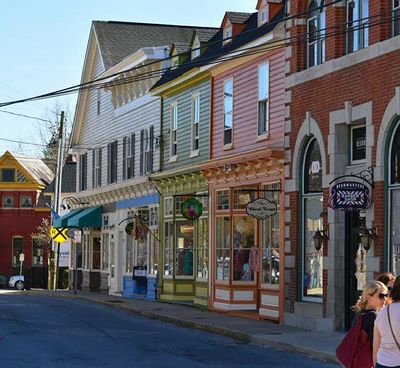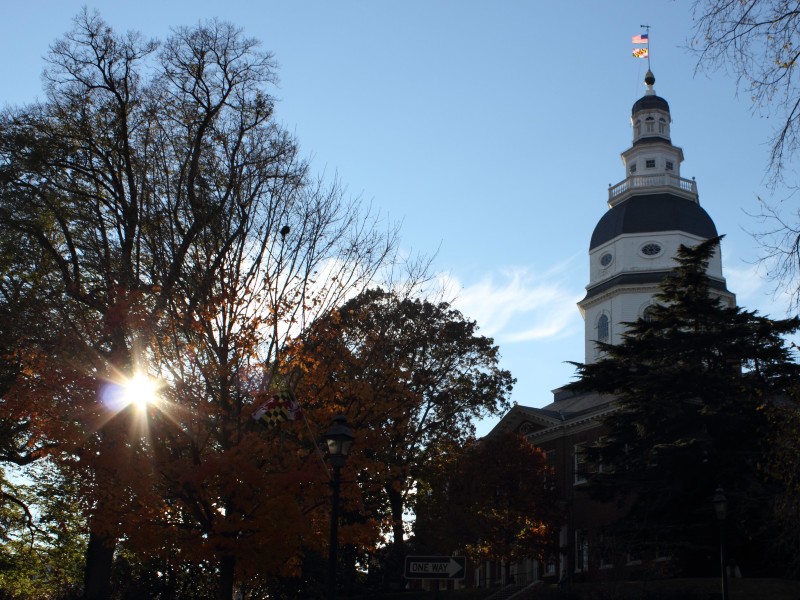Earlier in the week Preservation Maryland updated its members and supporters on some of the initial legislation the organization is following and supporting. On Wednesday, January 17, Governor Moore’s proposed Fiscal Year 2025 operating and capital budgets were introduced.
Among the highlights for preservation was the retention of the state revitalization large commercial historic tax credit at the fully authorized $22 million annually. While the organization applauds its retention, simply holding our ground is not enough and we will spend this session introducing legislators to the critical need this program fills.

Rallying Support for The Maryland Historic Revitalization Tax Credit
The Program & Its Impacts
Maryland’s Historic Revitalization Tax Credit is one of the most effective community revitalizations tools available to the state. The program provides a 20% credit to qualified historic rehabilitations – a critical need as Maryland evolves and adapts to a post-COVID reality.
The credit is a catalyst for sustainable, equitable, and enduring economic growth and a key tool for neighborhood revitalization. Since its establishment in 1996, the program has resulted in a well-documented multi-billion-dollar positive return on investment for the state – generally calculated at an 8:1 return. Additionally, the credit also creates permanent, well-paying jobs, and significantly increases local property tax revenue.
Maryland significantly lags behind neighboring states

The program, administered by the Maryland Historical Trust (an agency of the Maryland Department of Planning), includes a homeowner component, a small-commercial or “Main Street” credit, and a large-commercial credit for projects that tackle the rehabilitation of significant structures. Unfortunately, both the small-commercial and large-commercial credits have been significantly underfunded over the past decade.
In the most recent budget, the large commercial credit was appropriated at $22 million. In comparison, Virginia provided nearly $100 million in state credits to incentivize similar rehabilitation projects. From a per capita perspective, Maryland invests just $3.24 per resident compared to Virginia’s $12.50 or nearby West Virginia’s $16.83. As a result, our state is consistently losing business to our neighboring states.
The situation for the small “Main Street” commercial credit is equally as concerning. The appropriation for this critical program is $2 million annually. With this level of support, the credit can only fund a few dozen rowhome or “mom & pop” shop rehab projects – representing just a drop in the ocean of need confronted by Maryland cities from Cumberland to Salisbury
Request & Position: Gradual Increase of Support
Preservation Maryland supports a gradual increase of the appropriation to both the large and small commercial credits. Specifically, based on existing demand and need, we support a stepped increase for the large commercial program to $50 million over the next 4 years (an increase of $7 million annually) and an increase to $10 million for the small commercial program over the next 4 years ($2 million increase annually).
There is a pressing need for this credit. In the past year, alone nearly $60 million in shovel-ready rehabilitation projects requested funds – but just a third were able to be supported. As a result, nearly $200 million worth of projects did not advance. When the 8:1 economic impact is considered – this represents almost $1.6 billion worth of lost economic activity for Maryland.

Investing in our communities, our buildings, and our historic core through this credit is a way to grow the economy and invite new investors to the table. It does not rely on the industries of Maryland’s past, instead it creates a canvas for the innovative jobs of the future to flourish.

